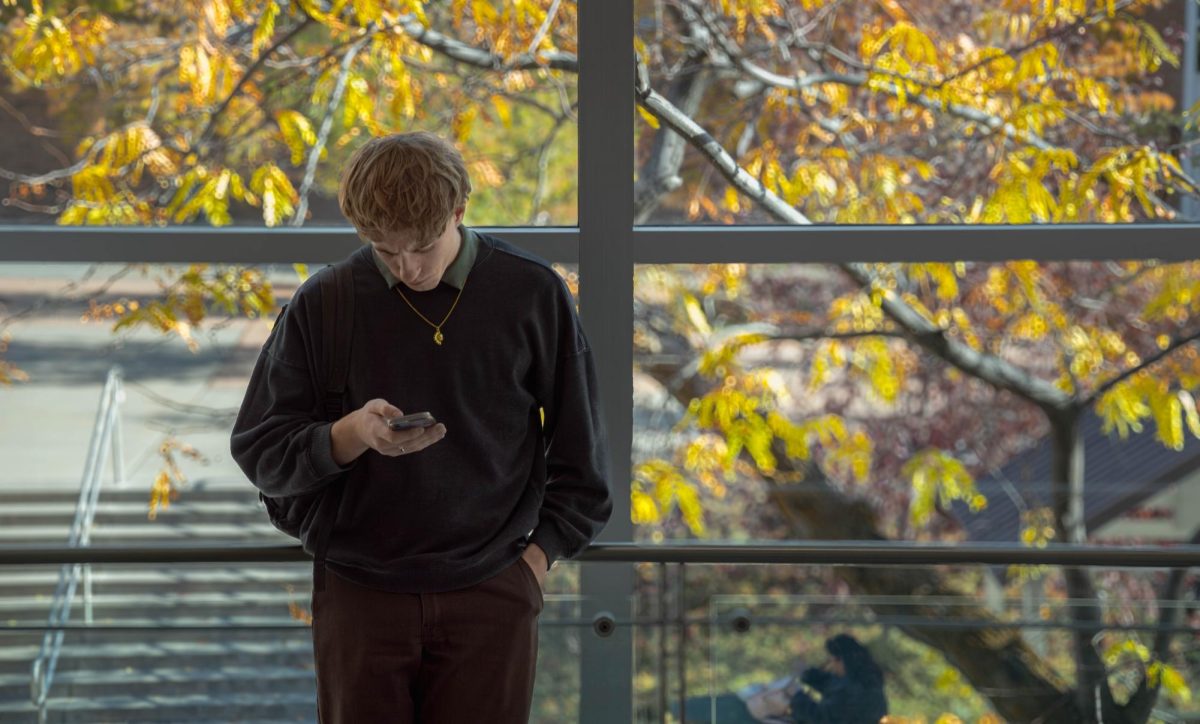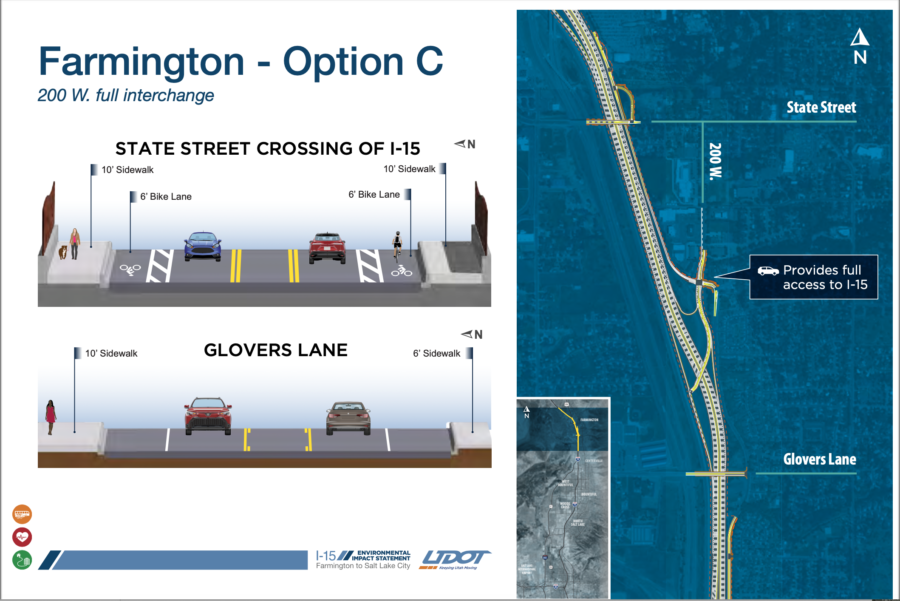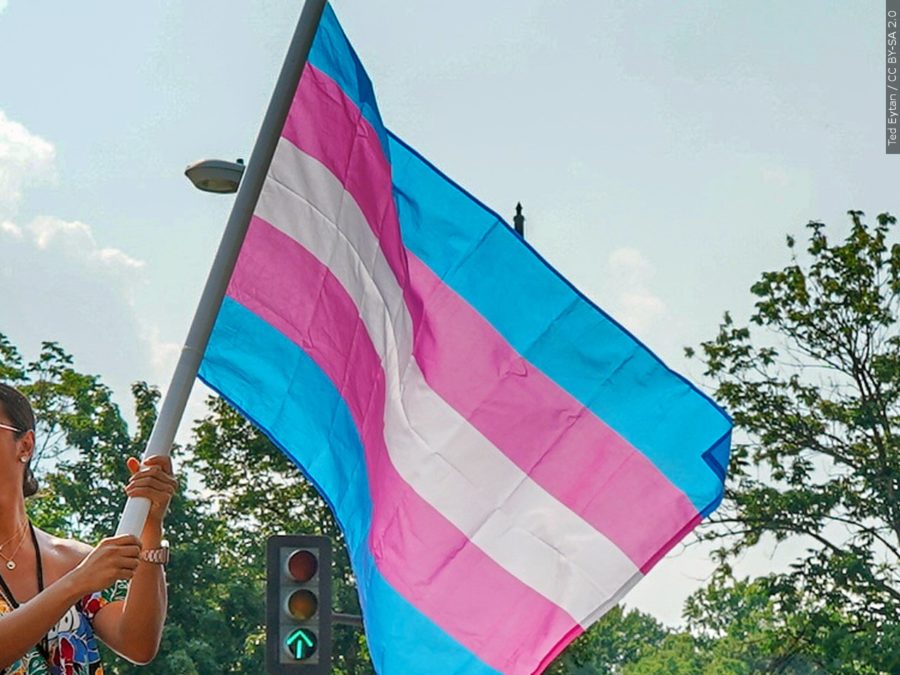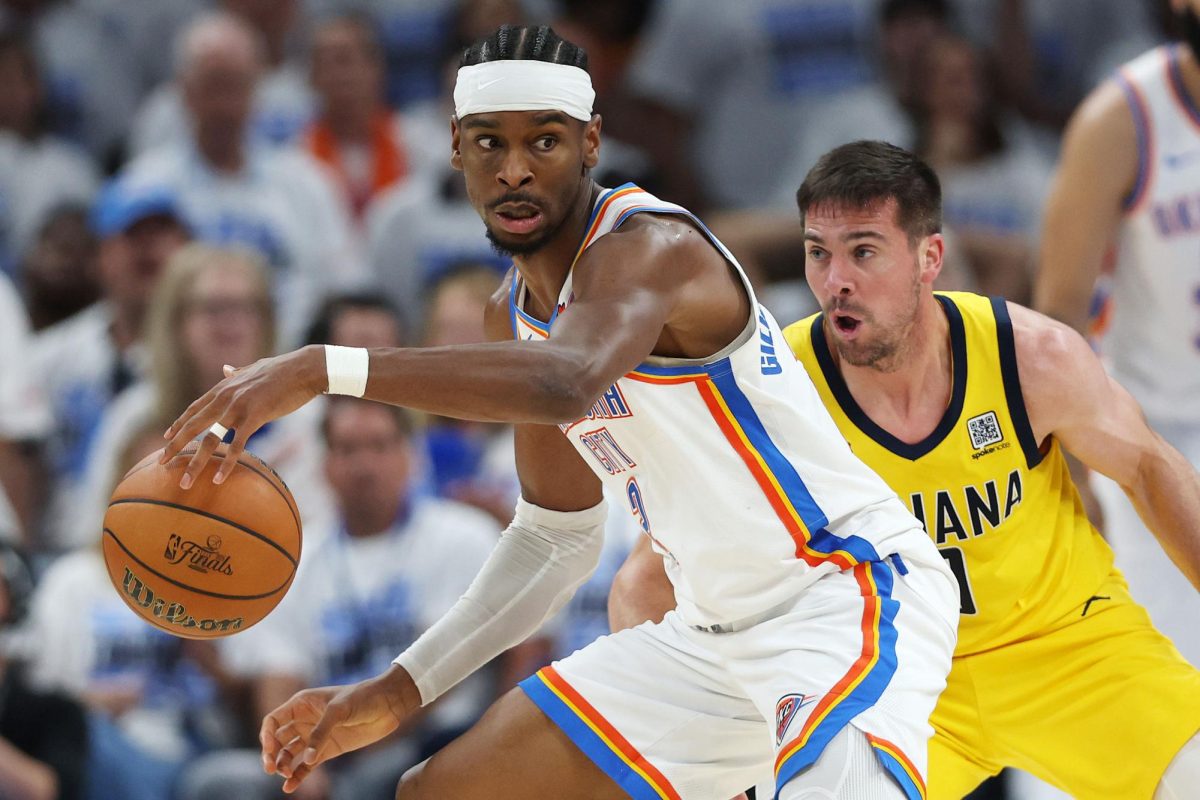
The NCAA has made monumental changes that will shape the college sports landscape for years to come. New rules allow student athletes to receive financial benefits from commercial likeness and image deals. The changes come after years of public pressure and recent legislative changes in states across the country.
Student athletes attend school with two concurrent goals: to pursue education and learn the skills necessary for future jobs and to represent their schools by participating in various sports.
In terms of compensation, players can receive scholarships and use the funds for schooling and related expenses.
Current NCAA rules stipulate that while enrolled at an NCAA school, student athletes may not “promote or endorse a product or allow their name, image or likeness to be used for commercial or promotional purposes.”
Weber State alum Damian Lillard struggled financially during his time as a student athlete. In a 2018 interview with The Signpost, Lillard said that “even though we didn’t have the burden of paying tuition, books, etc. our cost of living was still more than what is being offered by stipend and scholarship checks.”
Since entering the NBA in 2012, Lillard has received numerous endorsement deals from companies such as Adidas, State Farm, Hulu and many others. According to Forbes, Lillard earned $14 million from endorsement deals in 2017.
California legislators passed the first laws concerning student athlete compensation for name, likeness and image in Sept. 2019. Since then, 31 other states have drafted legislation, and one state, Colorado, passed its own laws concerning the matter on March 20.
However, California’s law does not take effect until Jan. 1, 2023. Colorado’s new law has the same effective date. The passing itself of California’s law, however, had an immediate effect.
In Oct. 2019, the NCAA announced that its governing board “voted unanimously to permit students participating in athletics the opportunity to benefit from the use of their name, image and likeness in a manner consistent with the collegiate model.”
The board reaffirmed that athletes are students first and that they are not considered employees of their schools.
Schools are instructed that student athletes’ success should still be founded on the priorities of education and the college experience.
The argument that student athletes should be compensated for their performance is nothing new. Over the past several decades, different arguments have arisen regarding the inequities of the amateurism rules of the NCAA.
In 1990, University of Detroit Associate Law Professor Lee Goldman argued that the monopolistic control of the NCAA over student athletes amounts to an antitrust violation.
Goldman stated that “it is hypocritical for the NCAA to restrict payments to student athletes when its member universities continue to seek new ways of increasing revenues, often at the expense of educational interests.”
Despite Goldman’s arguments, antitrust lawsuits against the NCAA’s policies have been ineffective.
More recently, Michigan State University law professors Robert and Amy McCormick advanced the argument that college athletes are employees of the university.
Because the athletes’ school schedules and selections of majors must fit with the practice schedules of their sports, the McCormicks argued in 2011 that they are not students first and athletes second.
Some athletes who have performed under the NCAA’s rules contradict the McCormicks’ hypothesis.
Tommy Amaker, a Duke University basketball player from 1983 to 1987 and current Harvard University basketball coach, told Kenneth Cooper of Diverse Magazine in 2011 that he never felt like an employee of the university.
“I had a chance to have my education paid for at an incredible school,” Amaker said.
In 2019, the NCAA reported an overall revenue of over $1 billion. The majority of those profits came from the television and marketing rights of the Division I Men’s Basketball Championship and all sports championship ticket sales. Over 90 percent of the money goes back into programs that support NCAA schools, conferences and nearly half a million student athletes.
None of the revenue currently goes directly to student athletes. Fewer than two percent of athletes who participate in collegiate sports will go on to play professionally, where they have the potential to sign lucrative endorsement and likeness deals. For most college athletes, the benefit of these deals will be lost after graduation.
Sabrina Ionescu from the University of Oregon women’s basketball team first gained recognition after becoming the NCAA’s all-time leader in triple-doubles early in her junior season.
She later became the first Division I player to finish her collegiate career with at least 2,000 points, 1,000 assists and 1,000 rebounds.
Ionescu is projected by many to be the No. 1 pick in the 2020 WNBA Draft.
Ionescu’s prominence in the game positively affected attendance and revenue for Oregon and their opponents. During Ionescu’s four years as a Duck, average attendance at Oregon home games rose from 2,595 in the 2016-17 season to 10,852 in the 2019-20 season.
Weber State women’s basketball head coach Velaida Harris believes that Ionescu’s play and influence is a great example of why student athletes should receive compensation.
“Think about what she has done for the brand in women’s basketball and basketball in general,” Harris said. “Why shouldn’t she be compensated? Numbers have increased as a result of a person like Sabrina Ionescu.”
As more states pass legislation for student athlete compensation, the need for uniformity grows.
Colorado governor Jared Polis told the Fort Morgan Times that he thinks “it’s only a matter of time before we have national, federal legislation that aligns with what we’re doing in Colorado.”
One early proponent of legislation on a federal level has been Sen. Mitt Romney, R-Utah. Just days before the NCAA board of governors announced its decision to change its rules, Romney sent a strong message to the NCAA.
KSL Sports said Romney intends “to help these young athletes in the future and the athletes of today make sure that they don’t have to sacrifice their time and sacrifice, in many cases, their bodies, without being fairly compensated.”
On Feb.11, U.S. Senate Commerce Subcommittee on Manufacturing, Trade and Consumer Protection held its first hearing about the name, image and likeness issue. Five witnesses from the NCAA, the National College Players Association, and the Big 12 Conference answered the subcommittee’s questions about the issue.
Deliberation and drafting of federal legislation is still forthcoming.
University athletic programs throughout the United States are largely supported by their football and basketball programs. These sports draw larger crowds and maintain higher revenue intake than the other college sports combined.
Weber State’s football and basketball players are no different. The university relies on these programs to produce revenue to support the athletic department.
Wildcat football and basketball players will likely be in the public eye more than other athletic programs. As such, football and basketball players could be affected by the NCAA’s rule change more than other athletes.
Sam Schiess, a junior on Weber State’s volleyball team, says that she and many other Wildcat athletes won’t be affected by the changes due to Weber’s status as a smaller school.
“It’s not uniform across all schools,” Schiess said. “As a Weber State athlete, it doesn’t really affect me. I’m not going to get these lucrative opportunities to sell my likeness.”
Schiess feels the proposed changes will not just influence bigger sport programs but will also affect schools in Power Five conferences like the Pac-12 and SEC more than conferences like the Big Sky Conference.
Attitudes regarding student athlete compensation are changing. The recent groundswell of support for athletes to be compensated for the use of their names, likenesses and images is not founded on any legal argument or right. Rather, the current demand for change is founded on the principle of fairness to the athlete.
“The NCAA is like a business. We have a job. We should be compensated for everything for it. We shouldn’t be getting ripped off,” Weber State junior women’s basketball guard Liz Graves said. “If we were getting compensated for this, we’d have so much more new equipment and our program would grow because of it.”
Volleyball head coach Jeremiah Larsen disagrees.
“I think student athletes are going to get exploited even more than what they already claim to be,” Larsen said.
He feels that most athletic departments have the best interests of the student athletes in mind, especially at Weber State.
Larsen points out that some people don’t understand how much money student athletes get from universities in terms of scholarships, gear and travel.
“Stipends are going up and up every single year. It’s silly because it almost devalues an education a little bit and says, ‘Likeness is more important than education,’” Larsen said.
Larsen also notes that third-party companies are not focused on students’ best interests.
“I could just see a whole can of worms opening up if these laws do pass where these student athletes will get exploited,” Larsen notes.
With the rapid change in legislation and the NCAA’s actions concerning the matter, Schiess believes that the current changes are “going to change the game and change the way that student athletes look at schools.”
Harris agrees.
“If there’s any fear, it’s at the recruiting level because if an athlete can receive compensation from a company by being my student athlete, that’s an issue. It has to be regulated in such a way that we know what’s going on,” Harris said.
The NCAA board cautioned that schools must design rules that will guarantee that student athletes are not compensated for performance or participation in sporting events.
They further directed schools to protect the recruiting environment so that athletes are not enticed to attend or transfer based on compensation opportunities.
Harris sees a helpful upside to the NCAA rule change.
“It would benefit us in terms of exposure. If you see athletes regionally in a commercial or on a billboard, that’s going to help us with recruiting,” Harris said. “In terms of exposure to the university and the program, not only does it help the program itself but also the school.”
Larsen cautions that there should be some control on how student-athlete payments should be dispersed as student athletes across the nation are compensated to some degree.
“I think there’s a lot of pitfalls that could get student athletes in trouble,” Larsen said. “There has to be some legislation towards that, but I don’t think giving them free rein is a good idea, either.”
As the legislative process moves forward, no law has been discussed or created in Utah. Like all other Division 1 schools, Weber State is working to align its policies to conform to the new NCAA guidelines by Jan. 1, 2021.


















